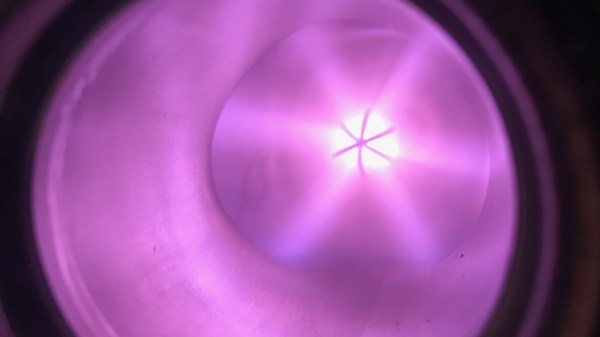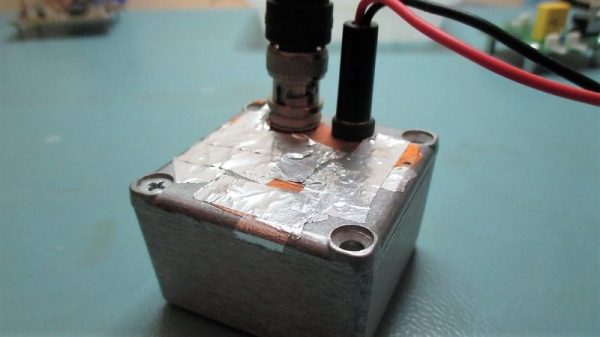There are a great many technologies we use to display information every day. We’re all familiar with plasma displays and LCDs, and then there’s more esoteric hardware like the split flap displays on municipal buses and around train stations. However, Breakfast have been working on something that turns architectural features into a display at the same time. Enter Brixels.
The name is a portmanteau of brick and pixel, indicating that each individual brick can be independently addressed as a visual element. A Brixel installation consists of a series of columns, stacked with Brixel elements. Each individual brick on the column contains a stepper motor which can set the rotational position of the brick. The outer appearance of the individual bricks is highly customizable, as the motor hardware is integrated into the column itself. A Linux machine is used as a primary controller, which passes commands to each column’s controller over RS485, and the column controllers then pass instructions to each individual Brixel.
The Brixels are capable of continuous 360 degree rotation and also contain LEDs for various illumination based effects. The largest current installation is the Brixel Mirror, standing at 18 feet wide, 6 feet high, and containing 540 individually addressable Brixels. These are built with one half covered in a mirror finish, and combined with a depth-sensing camera for all kinds of fun interactive effects.
Brixels show that architectural features don’t have to be static – they can become kinetic, living things that can be aesthetically beautiful and also useful. Breakfast are known for their installations which use modern electronics to push the limits in their artistic installations. Their work on high-speed flip dot displays is particularly impressive. Video after the break.
[Thanks to Sheldon for the tip!]
Continue reading “What Happens When You Cross A Brick With A Pixel?”















